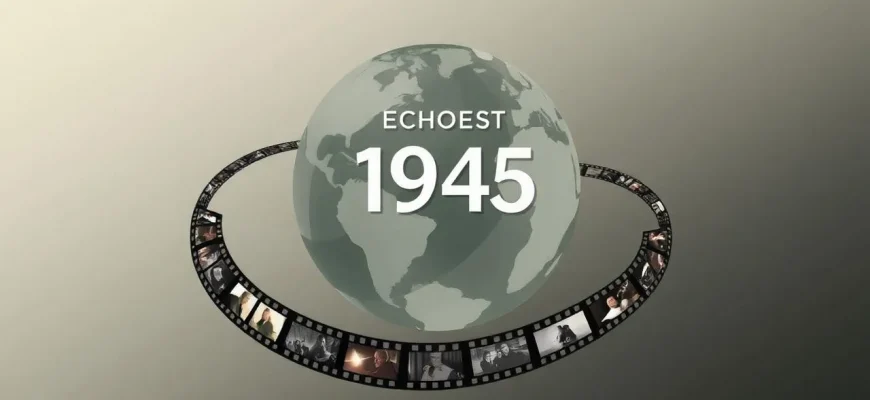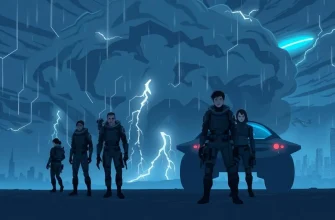The year 1945 marked the end of World War II, a time of profound change and reflection. These films capture the essence of this transformative period, offering viewers a window into the lives of those who lived through it. From the horrors of war to the hope of peace, these stories provide a rich tapestry of human experience, making this collection not just a cinematic journey but a historical one as well.

The Best Years of Our Lives (1946)
Description: This classic film follows three WWII veterans as they return home to a changed America, grappling with the challenges of reintegration into civilian life. Its inclusion in this list highlights the personal aftermath of the war.
Fact: The film won seven Academy Awards, including Best Picture, and was praised for its realistic portrayal of veterans' issues.
 Watch Now
Watch Now 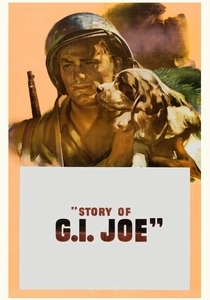
The Story of G.I. Joe (1945)
Description: Based on the real-life experiences of war correspondent Ernie Pyle, this film provides an intimate look at the lives of American soldiers in Italy during the final months of WWII.
Fact: It was one of the first films to show the emotional toll of war on soldiers, earning Robert Mitchum his only Oscar nomination.
 Watch Now
Watch Now 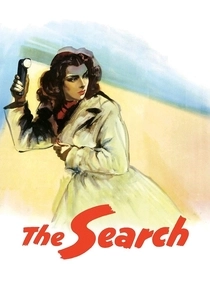
The Search (1948)
Description: Set in post-war Germany, this film tells the story of a young boy separated from his family and an American soldier who helps him find his way home, reflecting the chaos and hope of 1945.
Fact: It was nominated for four Academy Awards, including Best Picture, and won for Best Screenplay.
 Watch Now
Watch Now 
A Walk in the Sun (1945)
Description: Depicting a single day in the life of an American infantry platoon during the Italian campaign, this film captures the gritty reality of war in 1945, making it a poignant addition to our collection.
Fact: The film was shot in just 23 days, and its script was based on a novel by Harry Brown.
 Watch Now
Watch Now 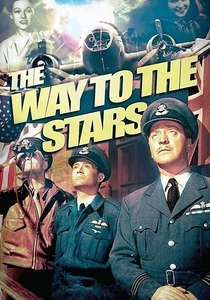
The Way to the Stars (1945)
Description: This film follows the lives of RAF pilots stationed in England during WWII, capturing the camaraderie and sacrifices of those who fought in the skies in 1945.
Fact: It was one of the first films to show the emotional impact of war on both the pilots and their families.
 Watch Now
Watch Now 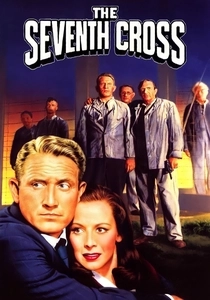
The Seventh Cross (1944)
Description: Although released in 1944, the film's narrative extends into 1945, focusing on a German concentration camp escapee's journey to freedom, highlighting the resistance against Nazi oppression.
Fact: The film was based on a novel by Anna Seghers and was noted for its anti-Nazi stance.
 30 Days Free
30 Days Free 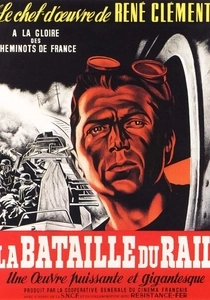
The Battle of the Rails (1946)
Description: This French film showcases the resistance efforts of railway workers against the German occupation, offering a unique perspective on the European theater of war in 1945.
Fact: The film was shot on location using real railway workers and actual sabotage techniques.
 30 Days Free
30 Days Free 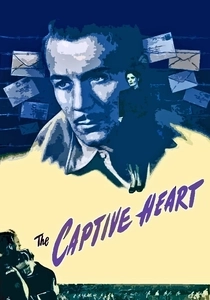
The Captive Heart (1946)
Description: This British film explores the lives of British POWs in a German camp, focusing on their resilience and the bonds they form, set against the backdrop of 1945.
Fact: The film was shot in a real POW camp, adding authenticity to the setting.
 30 Days Free
30 Days Free 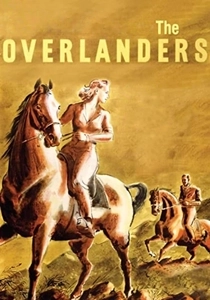
The Overlanders (1946)
Description: This Australian film tells the story of a cattle drive from northern Australia to Queensland to avoid Japanese invasion, set during the final months of WWII in 1945.
Fact: It was one of the first films to be shot on location in the Australian outback, showcasing the country's vast landscapes.
 30 Days Free
30 Days Free 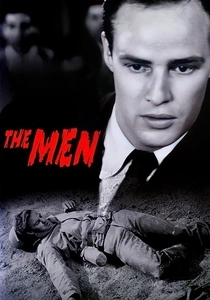
The Men (1950)
Description: Marlon Brando stars as a paraplegic WWII veteran adjusting to civilian life, providing a deeply personal look at the aftermath of the war.
Fact: Brando's performance was critically acclaimed, and the film was one of the first to address the psychological effects of war injuries.
 30 Days Free
30 Days Free 
